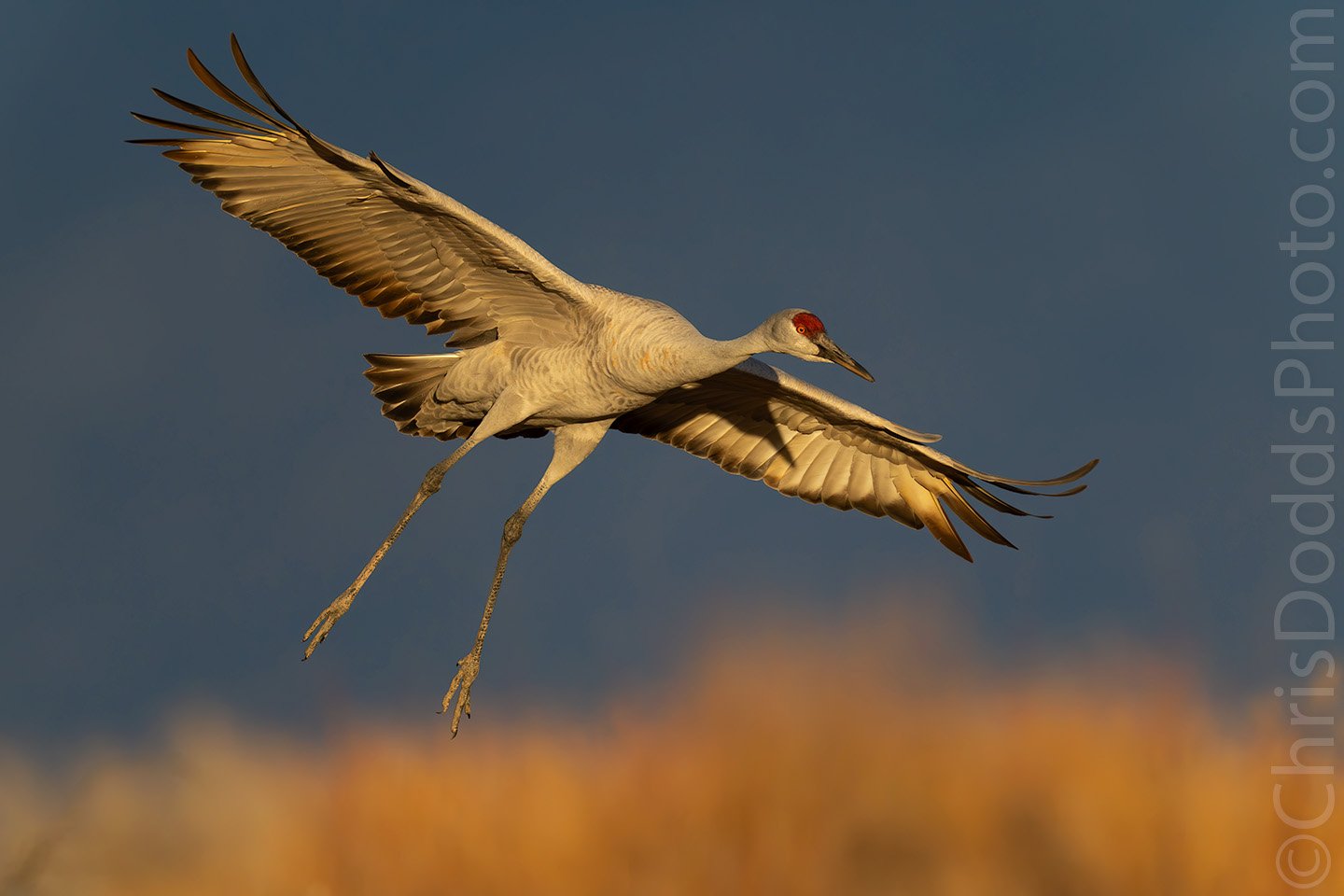My group and I were set up low, photographing Redheads, Canvasbacks, and Ring-necked Ducks during my Better than Bosque Workshop, when suddenly, we noticed this Common Loon. It is rare in Albuquerque, New Mexico!
Loons are like airplanes in that they need a runway for takeoff. Loons need 30 meters (+/- 30 yards) up to 400 meters (a quarter-mile) (depending on the wind) to flap their wings and run across the top of the water to gain enough speed for lift-off. The odds of it being able to take off in such a small pond were not very good!
Common Loon (Gavia immer, Plongeon huard, COLO) from my Better than Bosque workshop. Dec. 5, 2014, Albuquerque, New Mexico, USA. Image Copyright ©Christopher Dodds. 1,200mm ISO 400, f/8 @ 1/2,000s Manual exposure. Full frame image.
























